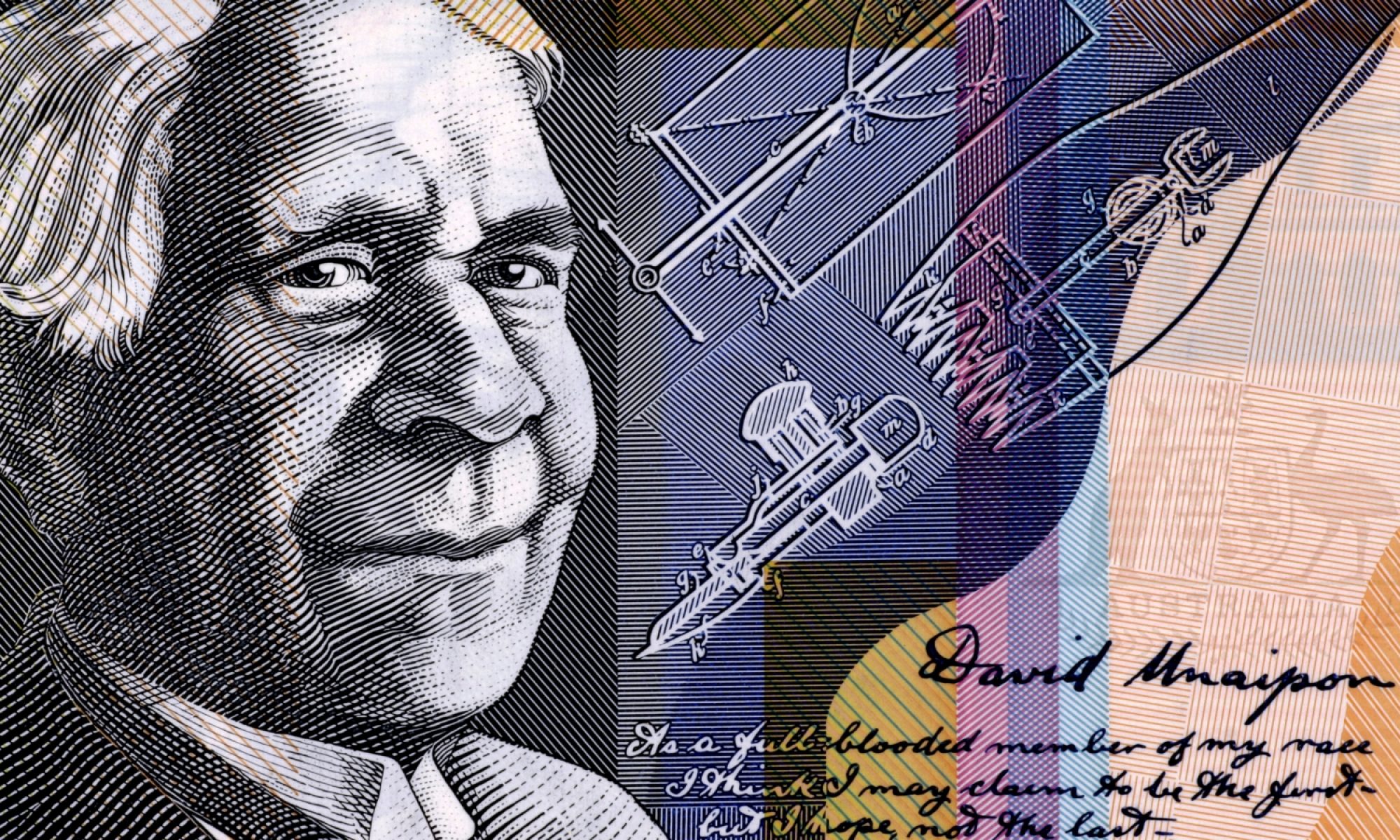Aboriginal identity is an important topic. Firstly there are many stereotypes about who are Aboriginal people, where do they live and what do they look like. So we need to consider what is the true variety of Aboriginal people. As an example we will consider Aboriginal identities in terms of where people live.
Government statistics of location from the National Survey in 2011 are here and for interesting figures on population of the suburbs in Sydney data look here.
To understand identity around location we want to look at how the location spread changes over time
Moving population
These figures change over time. Blacktown used to be the highest population of Aboriginal people, now Mt Druitt and Campbelltown are higher than Blacktown – where is the highest?
Many people were forced out of the Sydney basin areas in 1780’s by death and loss of livelihood.
But then in the 1900’s people came from all over the country looking for work in Sydney, living in Redfern and its surrounds. In the 1990’s people were moved out of Redfern to Mt Druitt and Campbelltown during the gentrification of Redfern.
But there is another effect on Aboriginal identity, which has led to a rapid rise in the proportion of Australians registered as Aboriginal in recent years.
Changing population
The effect of births, deaths on population and maybe changes in the population pattern overtime, plus interstate and oversea migration is discussed here
In discussion of this data the Bureau of Statistics article here mentioned the improved coverage of the data collection and the reduction in ‘unknowns” in terms of Aboriginality, but also a more important issue of identity is raised. Aboriginal people have not felt safe to identify for many years, and are increasingly able to do so, when their parents and grandparents may no have.
It is an interesting array of issues that come up when looking at survey data over time. The social aspects behind the data are important as they form not just the identity of Aboriginal people, but the identity of Australia as a nation, as our Indigenous people become more confident to claim their heritage.
Here is a pamphlet put out in WA describing some of the ways census figures were used and changed over time to re-present Aboriginal population data
What is Aboriginality?
So what do people who identify as Aboriginal look like? What is it that creates their identity? If it is not colour, or facial features, what are Aboriginal people proud of, and what is the culture that is valued so highly in the Aboriginal community? Why do Australians often not value their non-Aboriginal ancestry as highly?
One factor may be effect of the removal of children and the denial of their Aboriginality, that in the long run created the opposite effect. If the children had the opportunity to return to their people. See the extract from the Bringing Them Home Report
How is Aboriginality established?
In the early 19080’s the definition developed was:
An Aboriginal or Torres Strait Islander is a person of Aboriginal or Torres Strait Islander descent who identifies as an Aboriginal or Torres Strait Islander and is accepted as such by the community in which he [or she] lives.
This is called the three-part definition of Aboriginal identity(descent, identify and community acceptance) and was soon adopted by all Commonwealth departments.
Research
What does Aboriginal identity mean to you and what ways can data evidence be used to strengthen this community?
